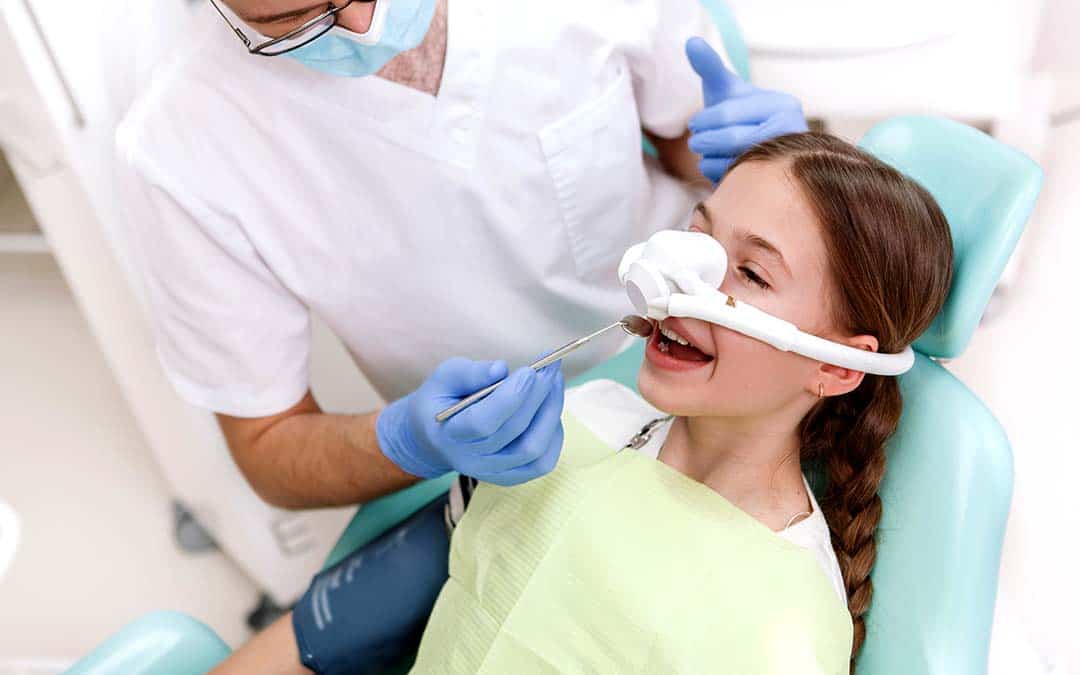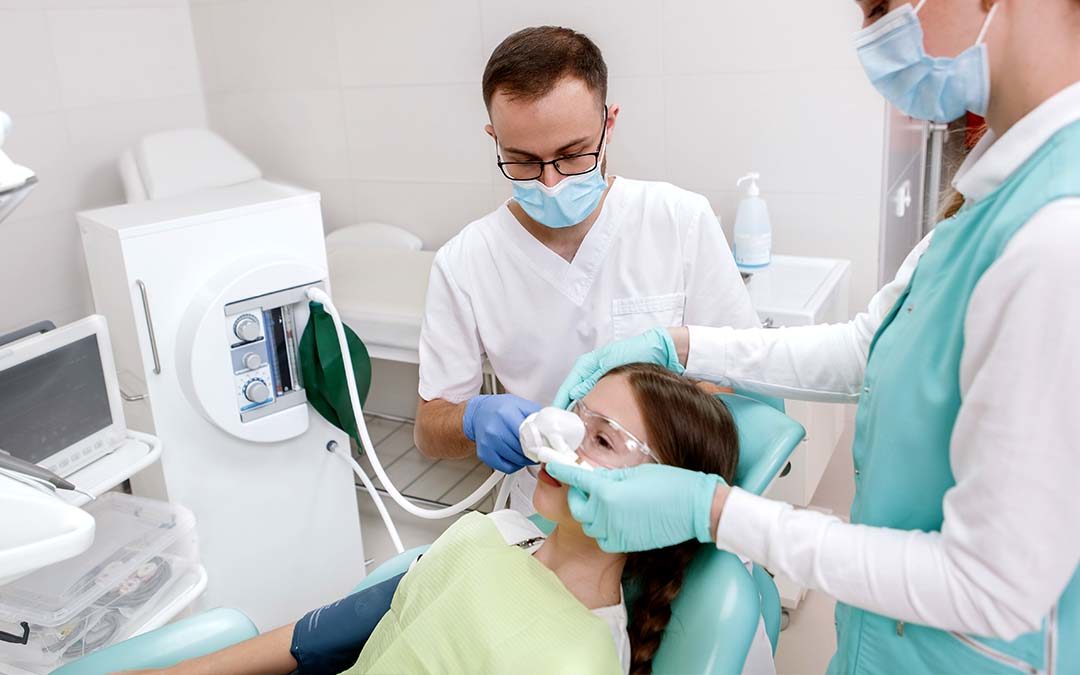In order to improve the safety and care of young patients, Senator Steve Glaser (D-Orinda) introduced Senate Bill 501 (SB 501) in accordance with the recommendations of the Dental Board of California. Signed in 2018, this bill intends to define levels of sedation and to ensure that the appropriate level of expertise will always be present during the administration of anesthesia. SB 501 has gone into effect as of January 1st this year, changing the licensing for anesthesia and sedation for dentists practicing in California.
Permits for conscious sedation and oral conscious sedation for minors will no longer be issued
On January 1, 2022, two permits — conscious sedation and oral conscious sedation for minors — were discontinued in issuance and instead were replaced by new general anesthesia / deep sedation (GA/DS), moderate sedation and pediatric minimal sedation permits. As of August this year, California-licensed dentists may now apply to these new permits through the dental board’s online licensing system BreEZe.
Dentists with a currently existing permit are still able to practice within the terms of that permit until it expires. Once expired, they must apply for the new permits created under SB 501.
The permit for oral conscious sedation for adults will remain the same.
New permit requirements and changes

For the GA/DS permit, dentists must continuously monitor patients with a pulse oximeter and ventilation using a precordial stethoscope and capnography, with additional staff required for patients under age 13.
In order to administer/order the administration of moderate sedation for patients under the age of seven, pediatric endorsement is required. If the permit holder is unable to acquire pediatric endorsement, they may administer DS/GA with the direct supervision of a permit holder with pediatric endorsement.
For the new moderate sedation permit, patients must also be continuously monitored with a pulse oximeter and ventilation, but with the option of the three following methods:
- Precordial stethoscope
- Capnography
- Verbal communication
Only two of the three are required.
Pediatric endorsement will also be required for patients under the age of 13, with the same exception of administration of moderate sedation if under the direct supervision of a permit holder with pediatric endorsement.
The new pediatric minimal sedation permit will only be required when treating patients under the age of 13. This permit limits administration to a single sedative drug via the oral route not exceeding the manufacturer’s maximum recommended dose. It will allow the additional administration of nitrous oxide (N2O) and oxygen as well as adjunctive agents that are unlikely to produce a state of moderate sedation.
Nitrous oxide and oxygen
Even in light of these permit changes, the administration of nitrous oxide and oxygen by itself still does not require a permit. Deemed a safe anesthetic and used in dentistry for over a century, N2O and oxygen is used widely for a variety of applications with minimal side effects.
If your dental practice is in need of N2O and oxygen, contact CalOx for a quote today. We’ve worked with dental practices for over 85 years, providing for all medical-grade N2O needs from supplying tanks, piping and delivery equipment to even service, maintenance and training. With our medical gas experts and exceptional customer service, you can be sure to rely on CalOx.
